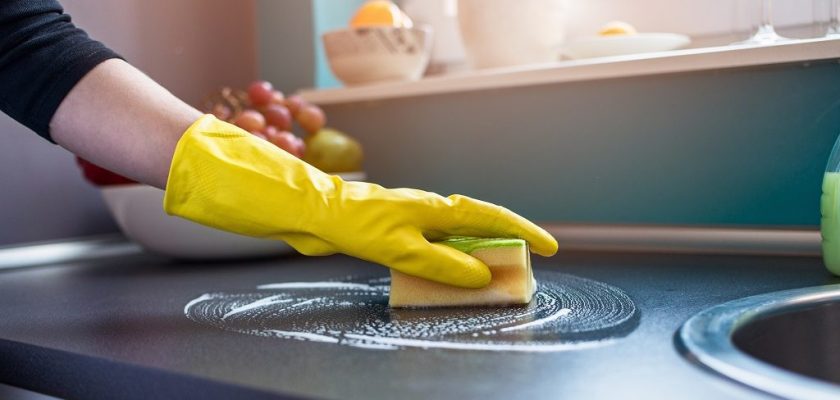Maintaining a clean and organized home is essential for promoting a sense of well-being and productivity. However, with busy schedules and competing priorities, it can be challenging to keep up with household chores. A cleaning schedule provides a structured approach to managing cleaning tasks, ensuring that every area of the home receives the attention it needs. In this guide, we’ll explore the benefits of a cleaning schedule and provide tips for creating an effective one that fits your lifestyle.

Section 1: The Importance of a Cleaning Schedule
1.1 Consistency and Efficiency: A cleaning schedule helps establish a consistent routine for tackling household chores, preventing tasks from piling up and becoming overwhelming. By allocating specific tasks to designated times, you can efficiently manage your cleaning responsibilities and maintain a tidy home.

1.2 Improved Time Management: With a cleaning schedule in place, you can better allocate your time and resources, ensuring that cleaning tasks are completed in a timely manner without sacrificing other priorities. By breaking down larger cleaning projects into manageable tasks, you can make the most of your available time and avoid last-minute rushes.

1.3 Maintenance of Hygiene and Health: Regular cleaning helps eliminate dirt, dust, and germs from the home, promoting a healthier indoor environment for you and your family. A cleaning schedule ensures that high-touch surfaces, bathrooms, and other germ-prone areas are cleaned and sanitized regularly, reducing the risk of illness and promoting overall well-being.

Section 2: Creating Your Cleaning Schedule
2.1 Assess Your Cleaning Needs: Begin by assessing the cleaning needs of your home, taking into account factors such as the size of your living space, the number of occupants, and any specific cleaning challenges you may face. Identify areas that require daily, weekly, and monthly attention to create a comprehensive cleaning plan.

2.2 Break Down Cleaning Tasks: Divide cleaning tasks into categories based on frequency and type, such as daily, weekly, bi-weekly, and monthly tasks. Daily tasks may include making beds, washing dishes, and wiping down countertops, while weekly tasks may involve vacuuming, mopping floors, and cleaning bathrooms.

2.3 Assign Tasks to Specific Days: Allocate specific cleaning tasks to designated days of the week, taking into account your schedule and availability. Consider factors such as work commitments, family obligations, and any recurring activities that may impact your cleaning routine. Be realistic about what you can accomplish on each day to avoid feeling overwhelmed.

Section 3: Tips for Maintaining Your Cleaning Schedule
3.1 Set Realistic Expectations: Be realistic about what you can achieve within your cleaning schedule and avoid overcommitting yourself. Adjust your cleaning routine as needed based on changes in your schedule, priorities, or household dynamics.

3.2 Stay Flexible and Adaptable: Life can be unpredictable, and there may be times when you’re unable to stick to your cleaning schedule due to unforeseen circumstances. Stay flexible and adaptable, and don’t be too hard on yourself if you miss a cleaning day. Simply pick up where you left off and adjust your schedule accordingly.

3.3 Delegate Tasks When Possible: Share the responsibility of household chores by delegating tasks to other members of the household. Assign age-appropriate chores to children and enlist the help of partners or roommates to lighten the cleaning load and promote a sense of teamwork and cooperation.

A cleaning schedule is a valuable tool for maintaining a clean, organized, and healthy home environment. By establishing a consistent routine, breaking down cleaning tasks into manageable categories, and staying flexible and adaptable, you can effectively manage your cleaning responsibilities and enjoy the benefits of a tidy home. Whether you prefer a daily, weekly, or monthly cleaning schedule, finding a routine that works for you will help you achieve your cleaning goals and create a space that you can truly enjoy.

